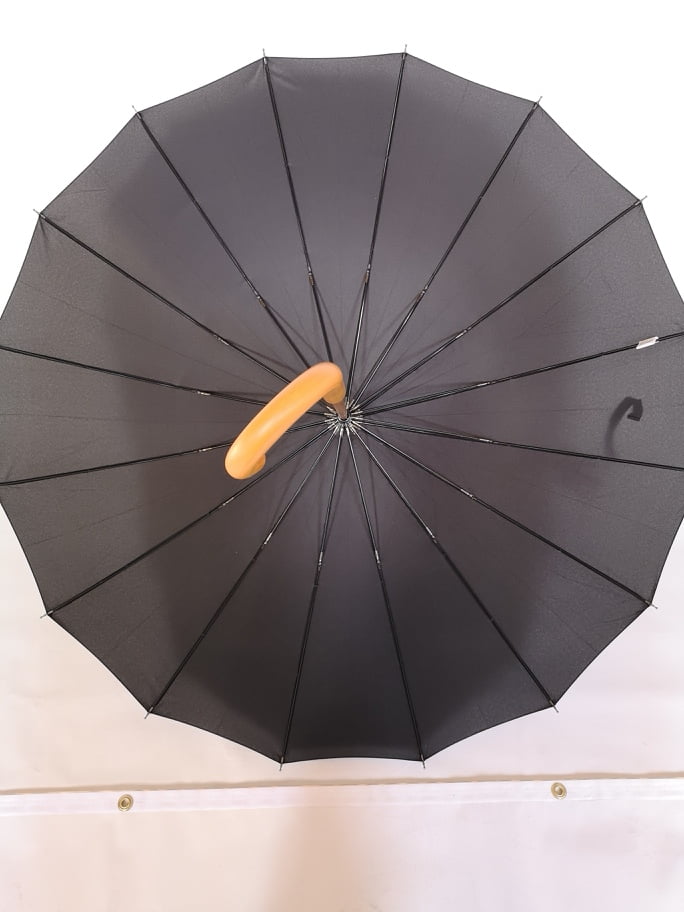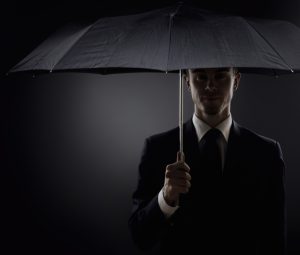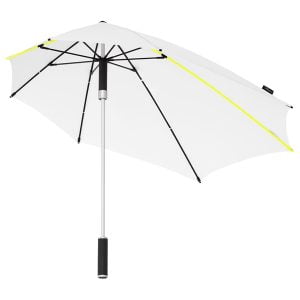Umbrellas, also known as parasols, have been used since ancient times. There is a myth that says it was first used in Japan as protection against rain and snow. However, the first umbrellas are believed to have come from China and date back as far as 3500 BC. These earliest umbrellas were made of bamboo sticks with animal skins stretched across them, and they offered protection from the sun and rain.
It was only a matter of time before someone invented the parasol. The first worldwide trade route opened up during this time, but it was not until 500 years later that someone invented waterproofing for umbrellas; using a combination of waxing and sbobet lacquering their paper parasol.
In ancient Egypt, King Tutankhamun and his family were known to enjoy their leisurely days in the sun without fear or harm thanks to this ingenious creation that saved them from being burned by its unforgiving heat.
These parasols were made out of materials such as tree leaves and palm branches but evolved into something more durable like animal skins covered with cloths over time; making it easier for poor peasants who sought shade on hot summer days too.
A Ladies’ Luxury
After trade routes became more established, the Egyptian non-waterproofed parasol made its way to Greece and Italy. But this was not for long as males viewed them to be “feminine” so thus, females used them exclusively. The fall of Rome led to the end of public use but through time people began using these umbrellas again in private or outdoor parties.
Mainstream use became popular in Europe when Catherine de Medici married Henri II of France in 1533 and she brought her Italian-style parasols to court. Umbrellas started being manufactured on a commercial scale after 1750. When the 16th century rolled around, it had become customary to use umbrellas in rainy climates of northern Europe.
Whilst female users were still a majority in the 1790s, that changed when Jonas Hanway came along. He bravely used an umbrella publicly for decades, popularizing its usage among men too. However, it wasn’t until 1852 that an American invented the modern version, which is still widely used today.
Meaning of Umbrella
The French word “parapluie” means umbrella, with “para” meaning protection. In English however, it is derived from Latin and has a different definition. The English word ‘umbrella’ originates from the Latin term umbra, which means shade or shadow. The Italian equivalent of this is “ombra” and it translates to today’s umbrella.
In the 19th century, umbrellas became even more attention-grabbing with many inventions coming about to avoid the theft of these treasures. Integrated padlocks were a popular invention among other multifunctional features like lights and perfume storage for personalization purposes!
Despite this, the original patent expired just a few years after that time period; causing many people’s favourite type of umbrellas at that time to become obsolete.
History & Creation of the Modern Umbrella
Samuel Fox invented the steel-ribbed umbrella with an eyelet that could be screwed into brass nuts at intervals along its length so it would stay open in use. These umbrellas were still made of lightweight bamboo or metal ribbing, usually painted black. There are also mentions of metal ribs being used at the end of the eighteenth century; reportedly on sale in London during the 1780s. In 1890s Britain they cost about £14 each (about £70 today).
The first umbrella shop was opened in London by James Smith and Sons. Their store has been around since 1830, which is pretty amazing considering how long the patent for umbrellas lasted before they were widely available to consumers.
Fox’s invention was the most popular type of outdoor umbrella until he sold the patent for his improved design to James Smith & Sons Ltd., who went on to produce more than two million per year by 1900; with the original patent expiring a few years later.
The Invention of the Collapsible Umbrella
The first mention of a collapsible umbrella is from 1885 when an American inventor named John Van Wormer patented his design for the “ribbon-holder”. However, it was not popular because he could not find anyone to manufacture them after getting a patent. It wasn’t until 1928 that Hans Haupt invented a pocket umbrella, also known as a telescopic umbrella, receiving a patent for it one year later.
Umbrellas with coils that allowed the fabric to collapse into itself also appeared around this time; these are sometimes called “parapluies de soie” or silk umbrellas. One example of such a parasol can be found at The Metropolitan Museum of Art’s costume idn play institute while another one is on display at London’s Victoria & Albert Museum (V&A).
Umbrellas Today
When we look back to the early 20th century, people began steadily adopting waterproof umbrellas over parasols. In recent years, as technology advances and fashion becomes increasingly fast-paced, there’s been no limit on how umbrellas are able to be used by consumers around the world.
From personal use such as carrying one while walking outside during rainy days, to those who work outdoors like construction workers. Many people often need protection from pouring rain and blistering sun over the year.
The first Europeans used whalebone to make their umbrellas, and although the materials have changed as technology advances so has this basic design. Replaced by wood, then steel, before aluminium came along in the 20th century; followed by fiberglass, now favoured for its light weight and strength.
Umbrellas today have evolved into many different types of styles and sizes that can withstand wind speeds up to 120 km/h (75 mph), as well as solar radiation protection technology. Global demand for umbrellas continues to grow by leaps and bounds, further driving innovation.
The Future of Umbrellas
Inventor Stephen Collier has created the Rainshader, a helmet-shaped umbrella that can protect you from winds of up to galeforce 7. Simon Warne came up with Brolli, an innovative new design that flexes in strong gusts. It is durable and also incorporates its handle into the central tube, where your canopy is stored when not needed; meaning less water will get spilled on people’s floors.
Even more exciting is the highly futuristic Airblow 2050; a portable umbrella designed by inventors James Dyson and Yi-Jian Wu. The design of the invention incorporates an innovative technology that provides an invisible protection dome to bounce droplets away.
Users can open this concept umbrella, activate its motor, and create their own air dome in order to avoid wetting themselves while out on rainy days or walking outside during periods of heavy rainstorms. Whilst not every radical rethink will find its way into shops, the global market for umbrellas is huge so expect more innovation on this front soon!
With so much history surrounding this invention, it’s easy to brush over the details surrounding such prominent accessories. Learn more about their use with our “umbrellas in religion” article!





